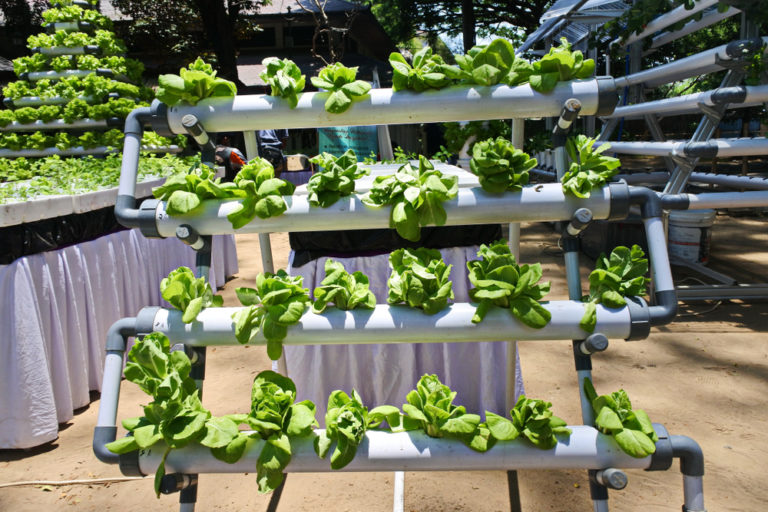I would consider Plant stacking to be a tool to make the most out of the same amount of space using a single piece of soil or compost to grow a variety of plants at differing heights.
An obvious example of this would be the Three Sisters using Sweetcorn , Climbing beans and Squash to provide a sum greater then its parts for the purpose of growing food.
Thinking of how this can be utilised and explored in more urban/suburban garden spaces where space is limited.
Any suggestions of potential 'stacks' and why they would work well? How would the sowing , cropping and harvesting timelines run an how can one make 'more' from 'less'?
( Outdoor or Greenhouse spaces - Tubs or Open grounds - just seeking ideas. )
An obvious example of this would be the Three Sisters using Sweetcorn , Climbing beans and Squash to provide a sum greater then its parts for the purpose of growing food.
Thinking of how this can be utilised and explored in more urban/suburban garden spaces where space is limited.
Any suggestions of potential 'stacks' and why they would work well? How would the sowing , cropping and harvesting timelines run an how can one make 'more' from 'less'?
( Outdoor or Greenhouse spaces - Tubs or Open grounds - just seeking ideas. )


